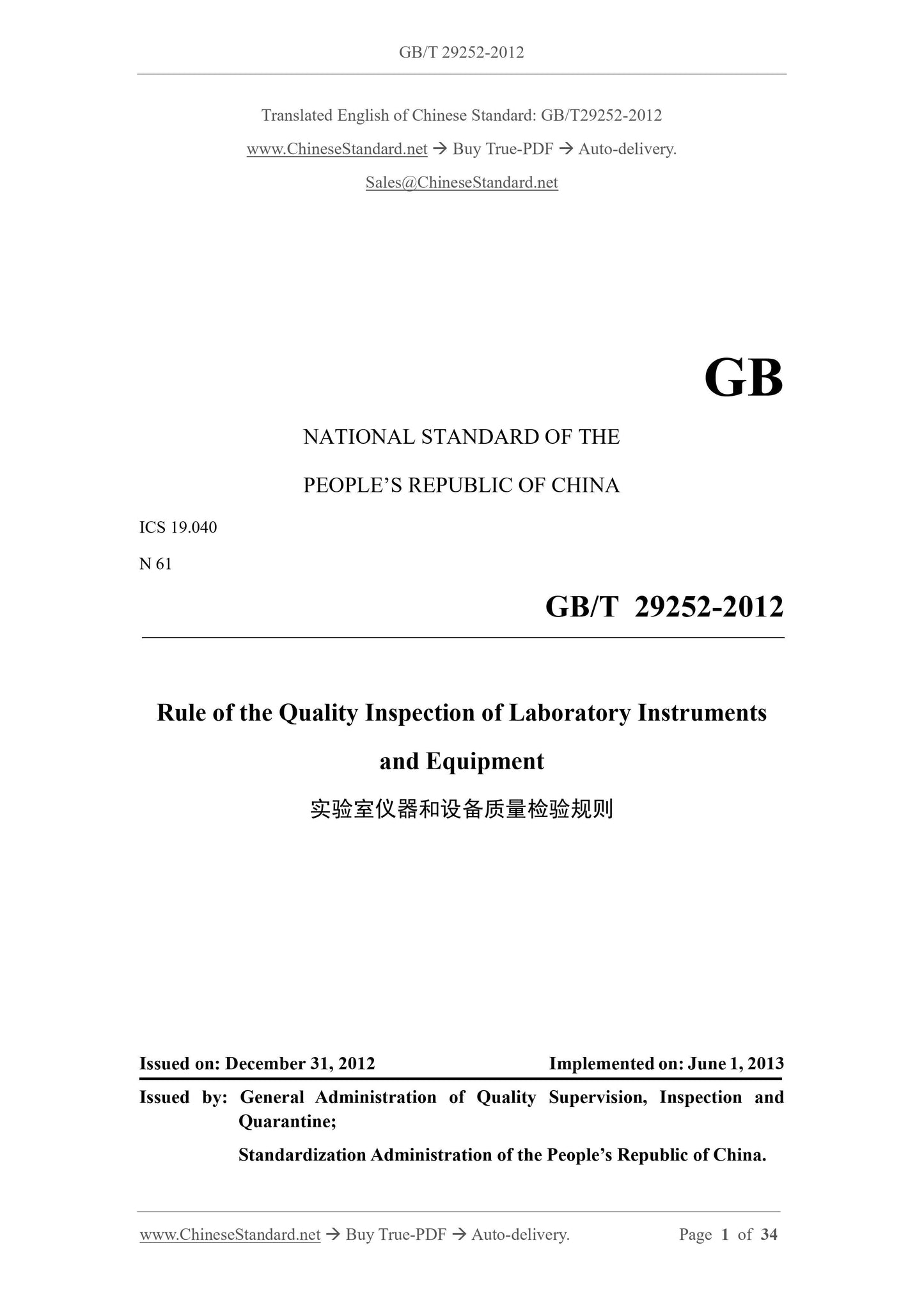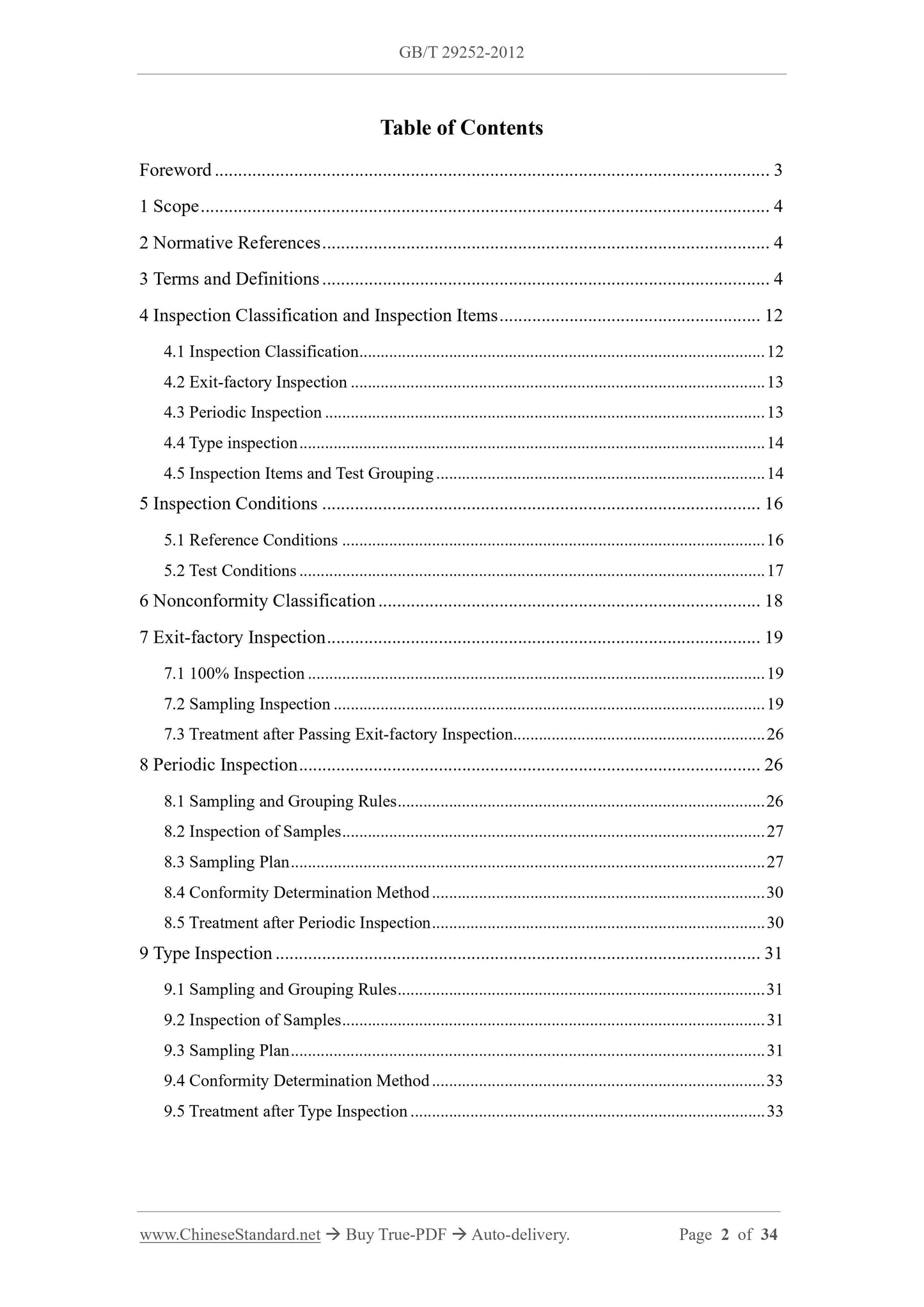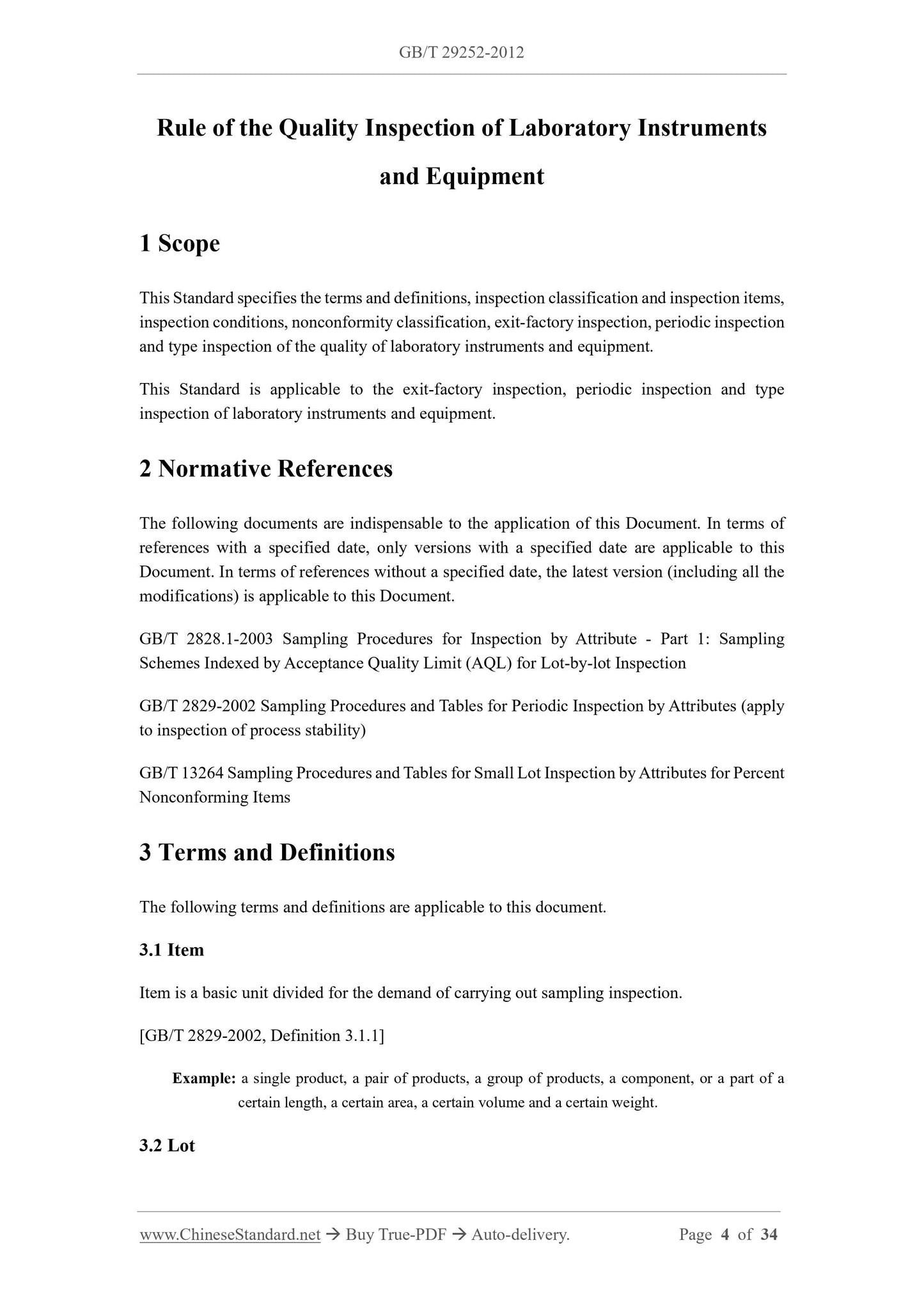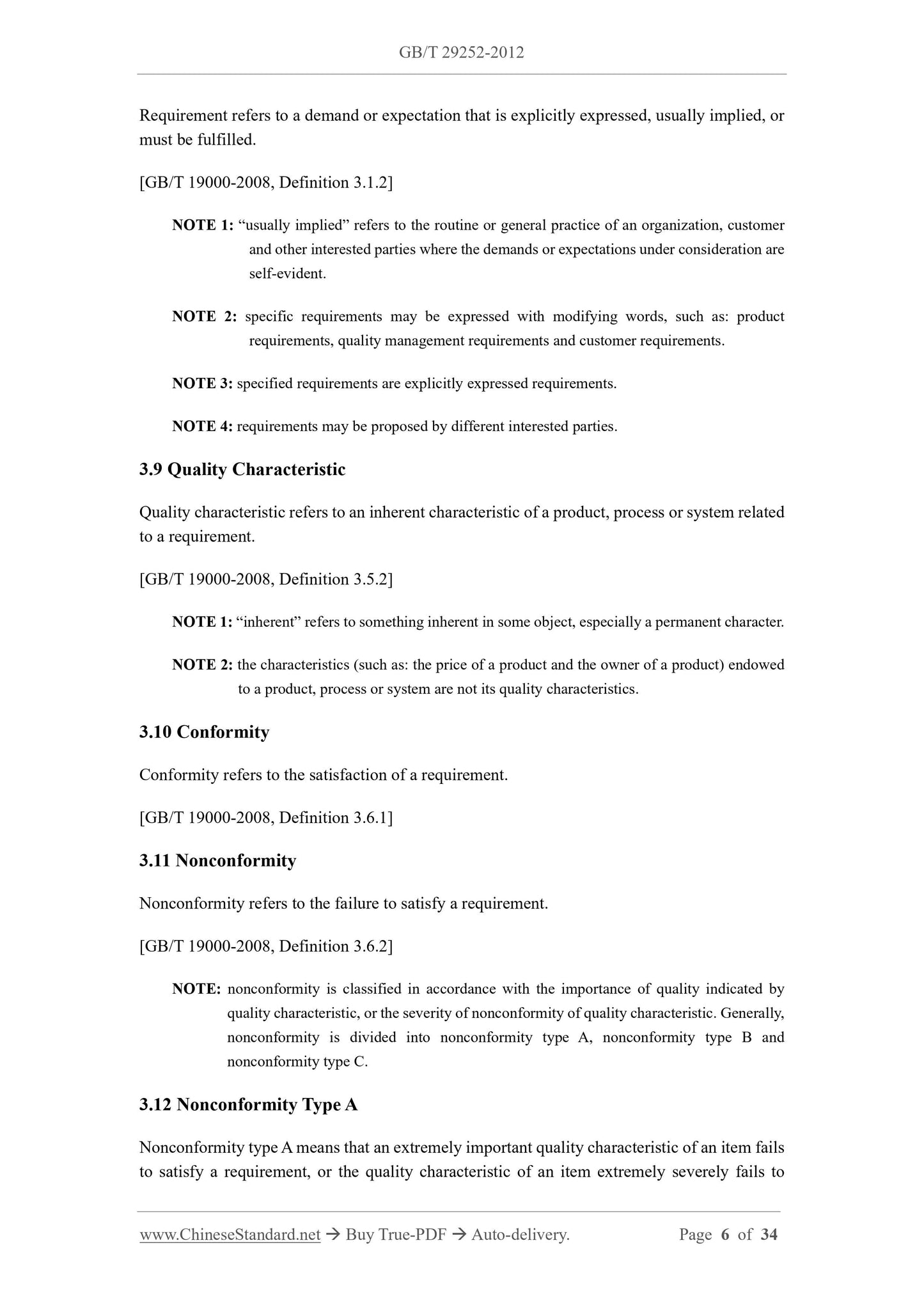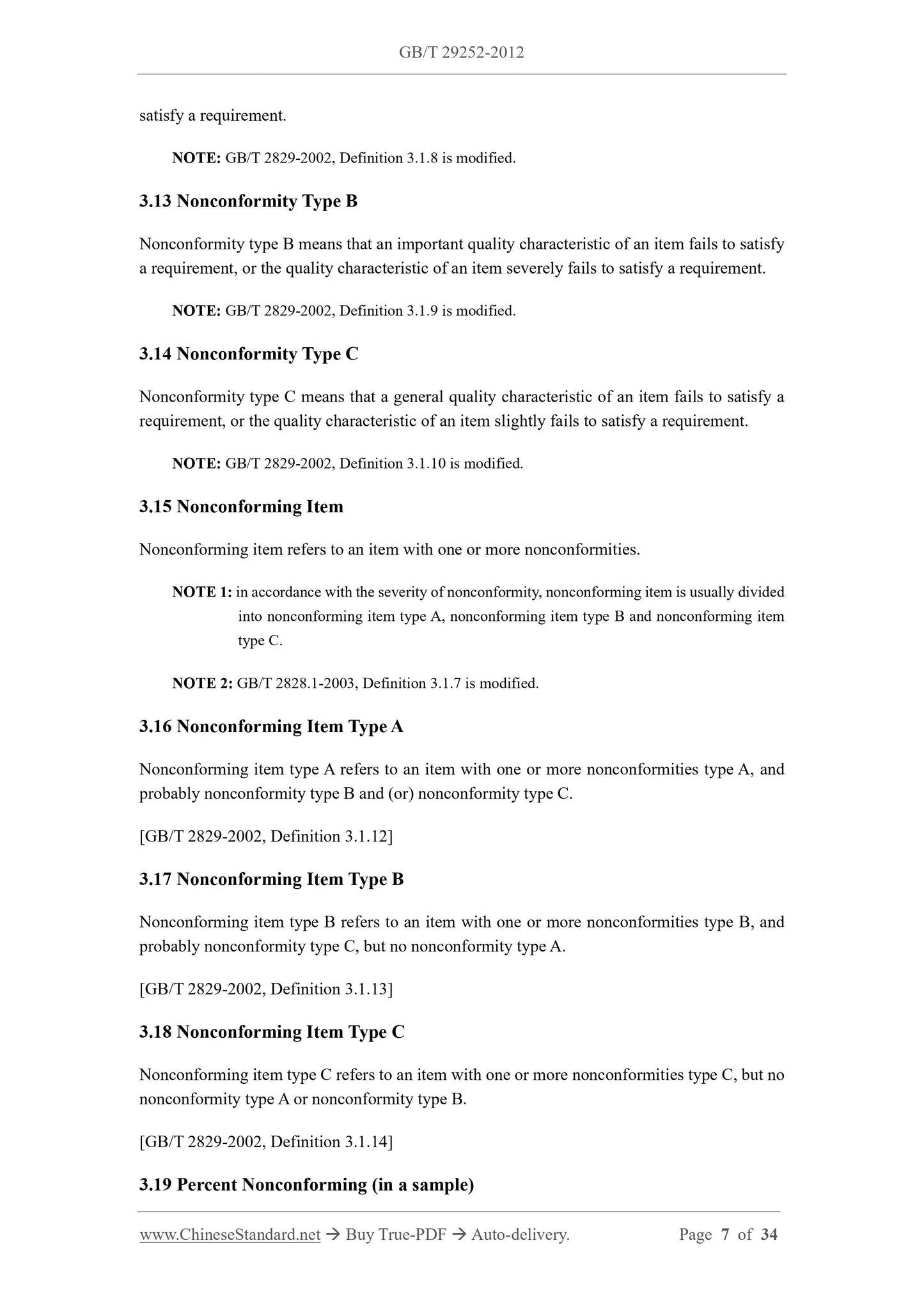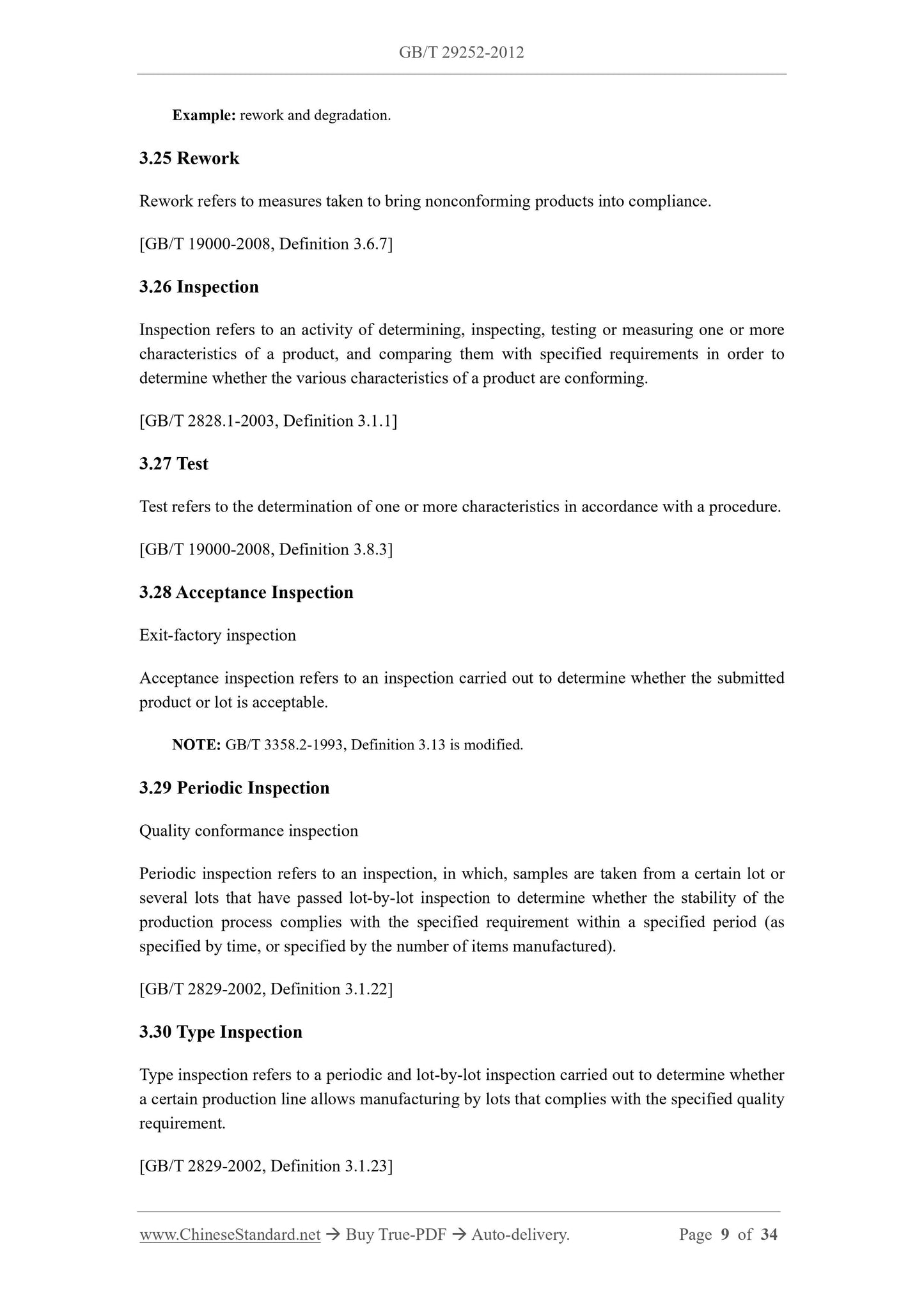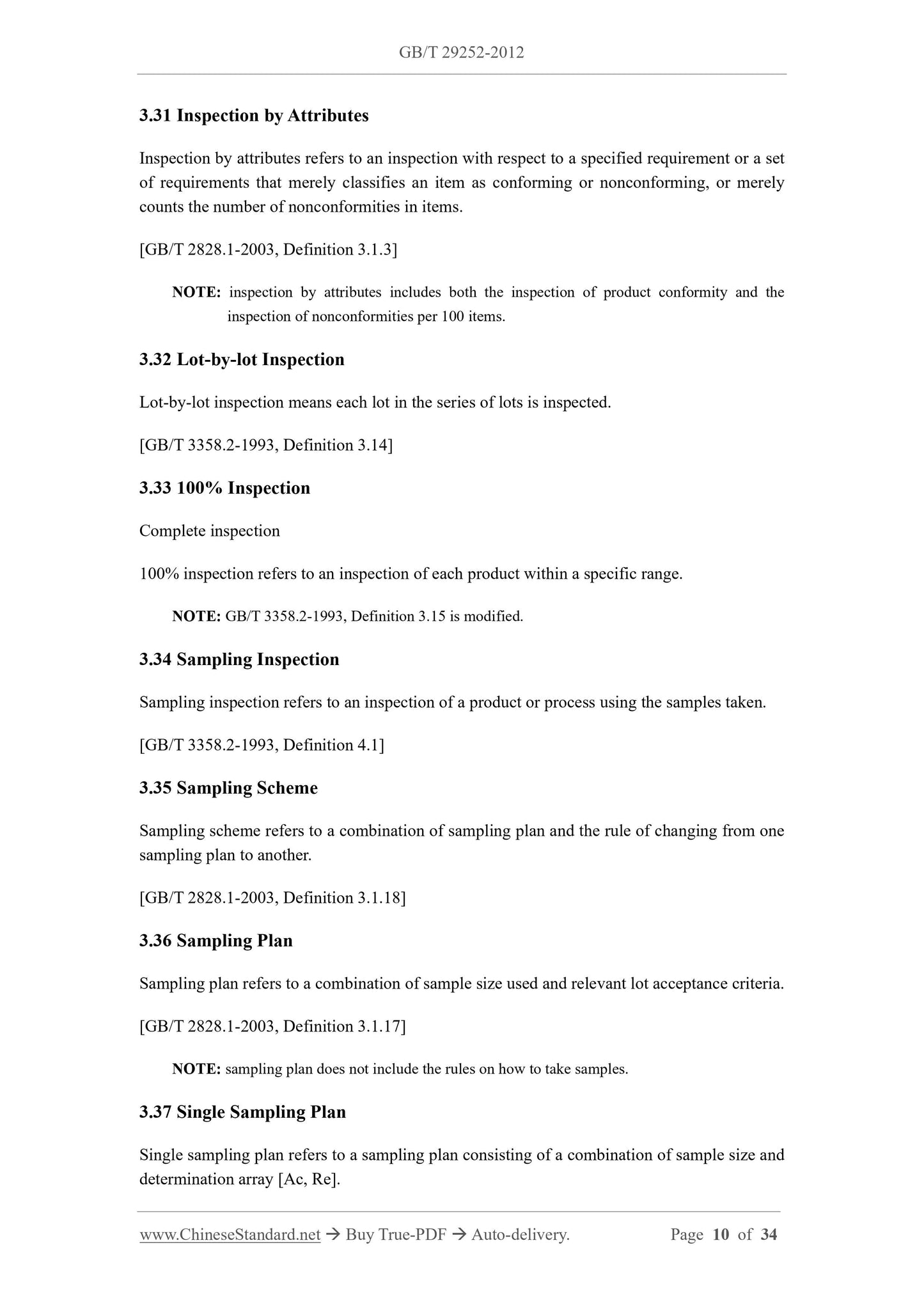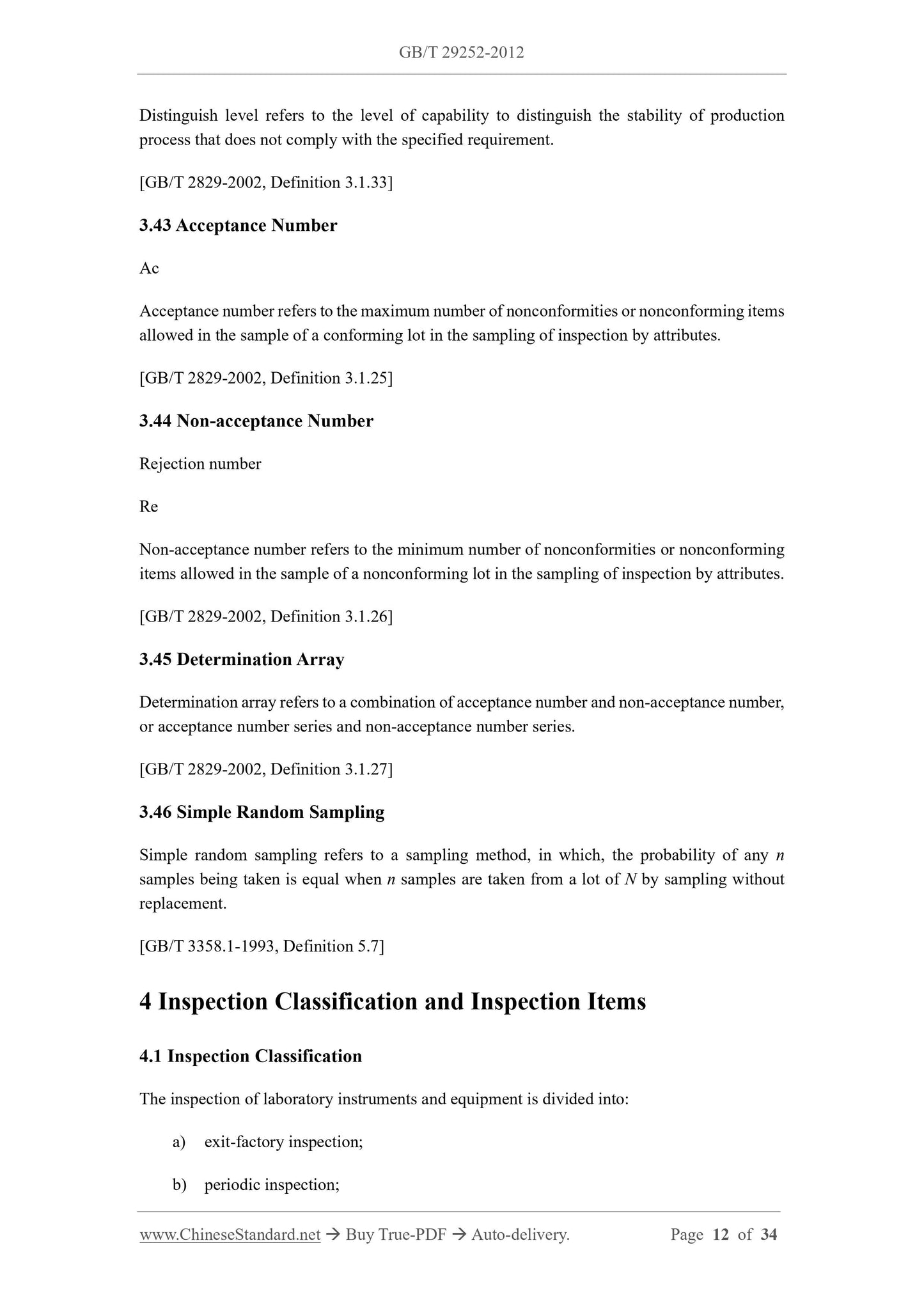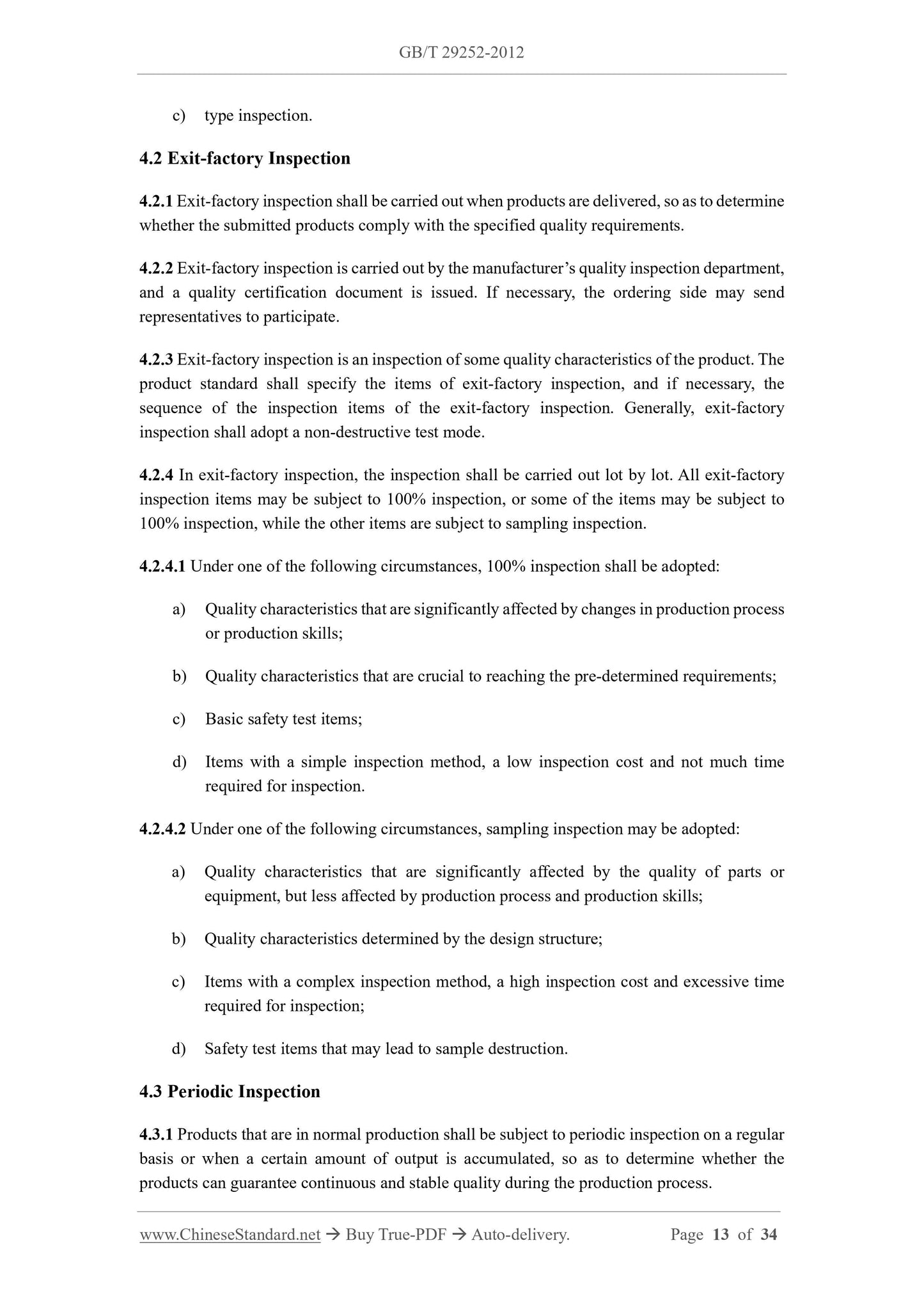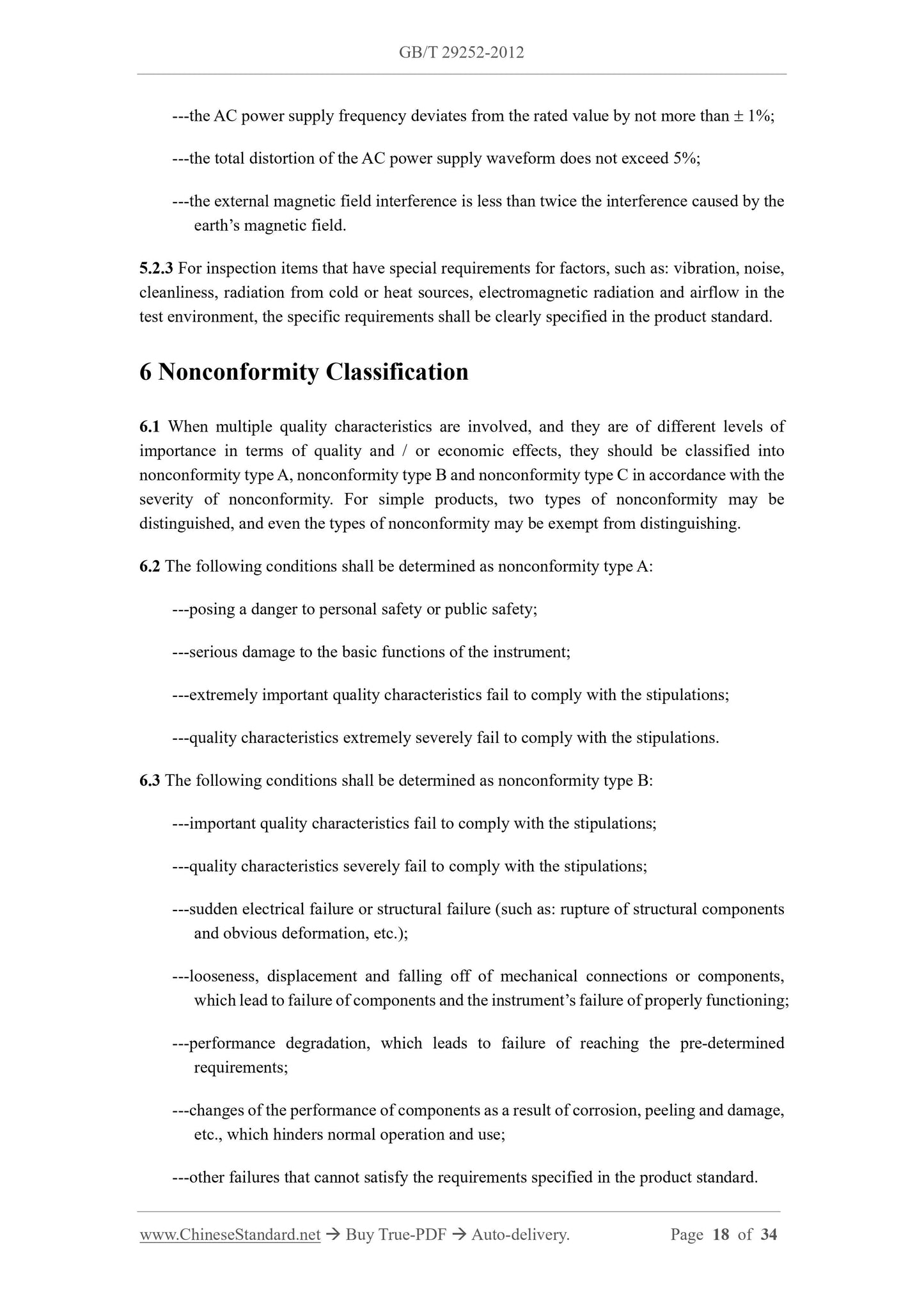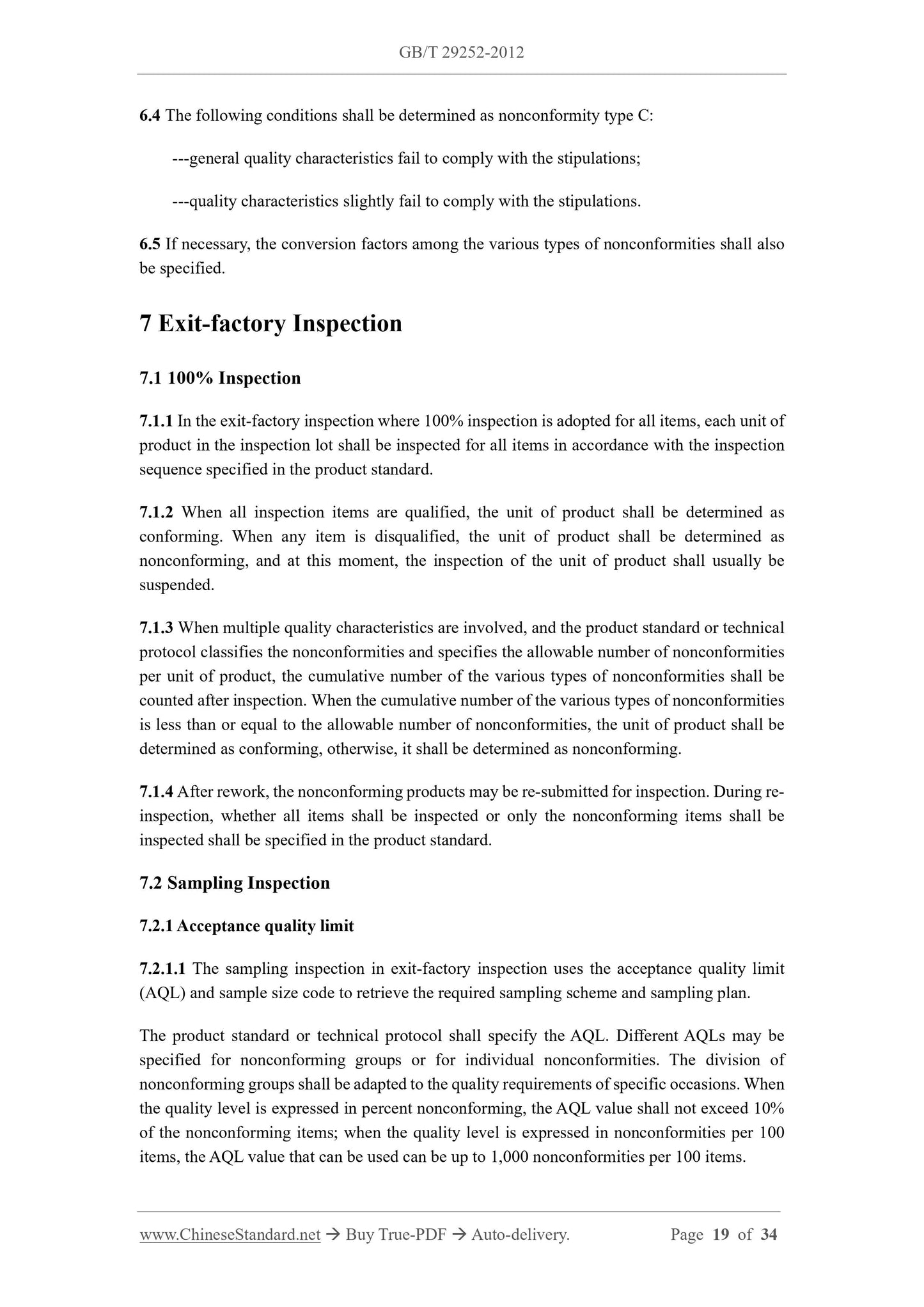1
/
of
11
www.ChineseStandard.us -- Field Test Asia Pte. Ltd.
GB/T 29252-2012 English PDF (GB/T29252-2012)
GB/T 29252-2012 English PDF (GB/T29252-2012)
Regular price
$400.00
Regular price
Sale price
$400.00
Unit price
/
per
Shipping calculated at checkout.
Couldn't load pickup availability
GB/T 29252-2012: Rule of the quality inspection of laboratory instruments and equipment
Delivery: 9 seconds. Download (and Email) true-PDF + Invoice.Get Quotation: Click GB/T 29252-2012 (Self-service in 1-minute)
Newer / historical versions: GB/T 29252-2012
Preview True-PDF
Scope
This Standard specifies the terms and definitions, inspection classification and inspection items,inspection conditions, nonconformity classification, exit-factory inspection, periodic inspection
and type inspection of the quality of laboratory instruments and equipment.
This Standard is applicable to the exit-factory inspection, periodic inspection and type
inspection of laboratory instruments and equipment.
Basic Data
| Standard ID | GB/T 29252-2012 (GB/T29252-2012) |
| Description (Translated English) | Rule of the quality inspection of laboratory instruments and equipment |
| Sector / Industry | National Standard (Recommended) |
| Classification of Chinese Standard | N61 |
| Classification of International Standard | 19.040 |
| Word Count Estimation | 25,278 |
| Quoted Standard | GB/T 2828.1-2003; GB/T 2829-2002; GB/T 13264 |
| Regulation (derived from) | National Standards Bulletin No. 41 of 2012 |
| Issuing agency(ies) | General Administration of Quality Supervision, Inspection and Quarantine of the People's Republic of China, Standardization Administration of the People's Republic of China |
| Summary | This standard specifies the quality testing laboratory instruments and equipment of terms and definitions, classification and inspection test items, test conditions, substandard classification, factory inspection, periodic testing and inspection stereotyp |
Share
